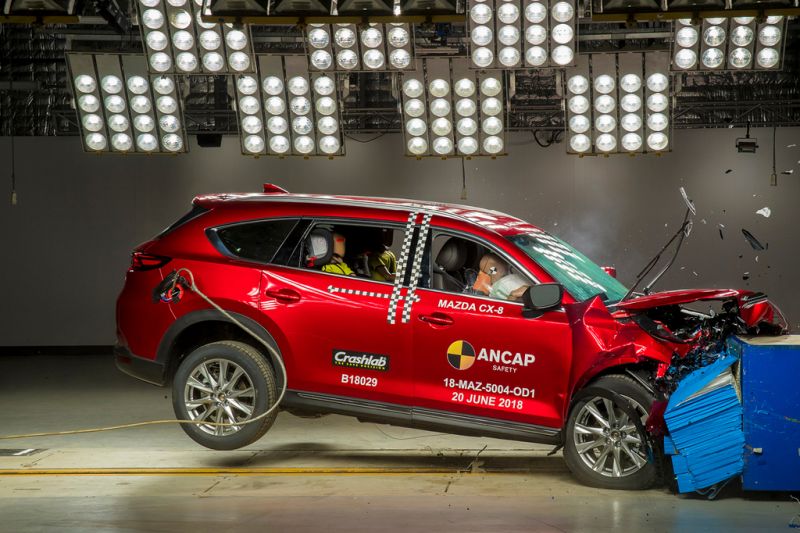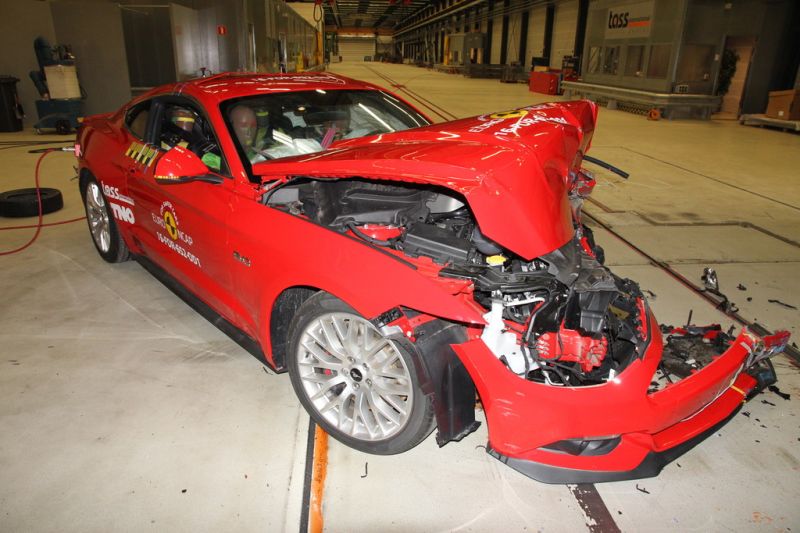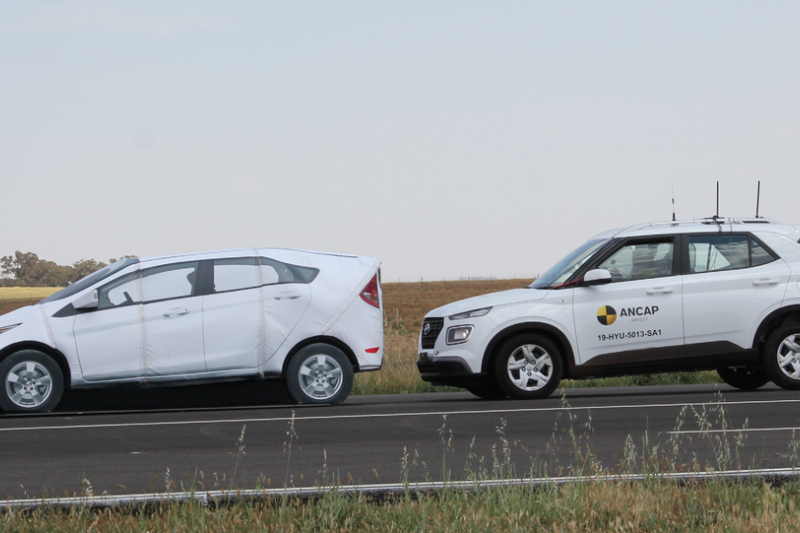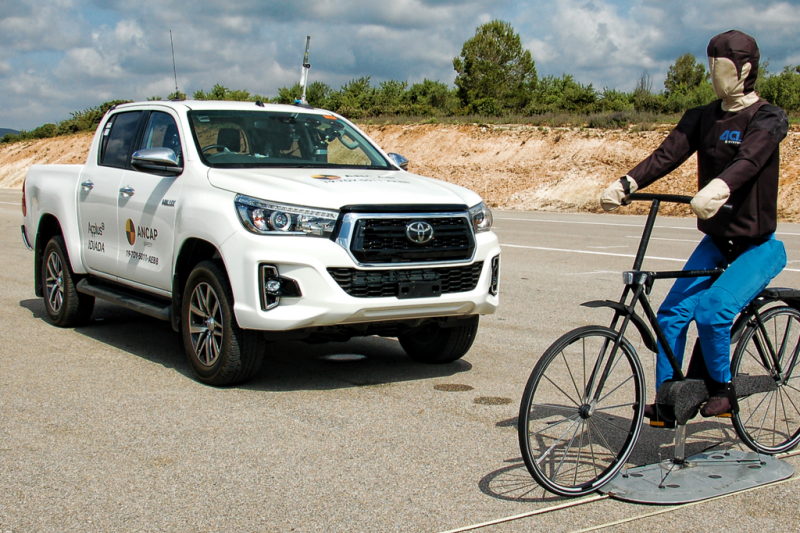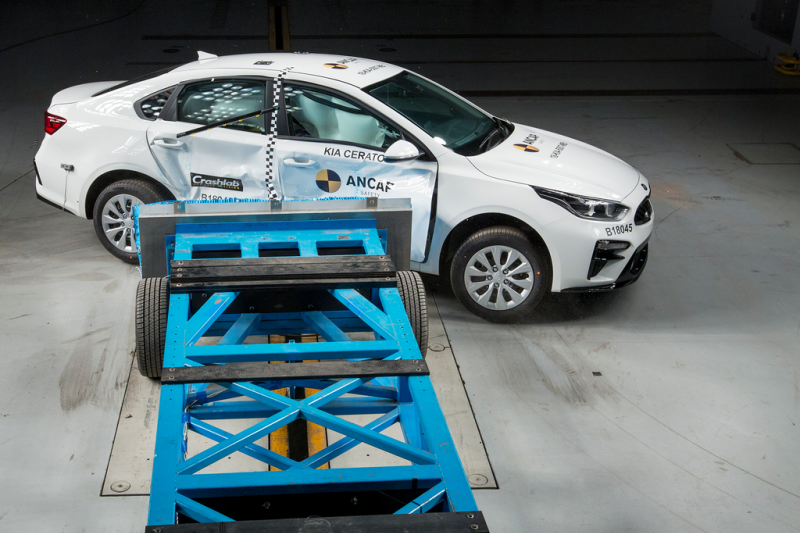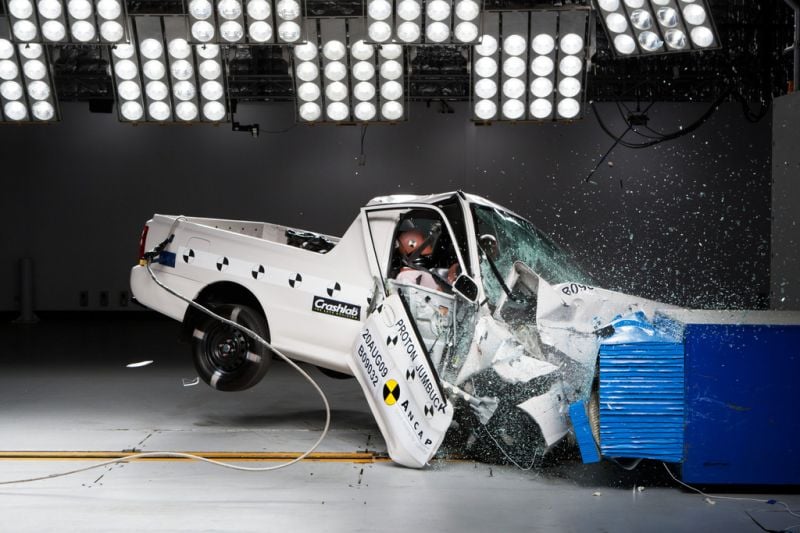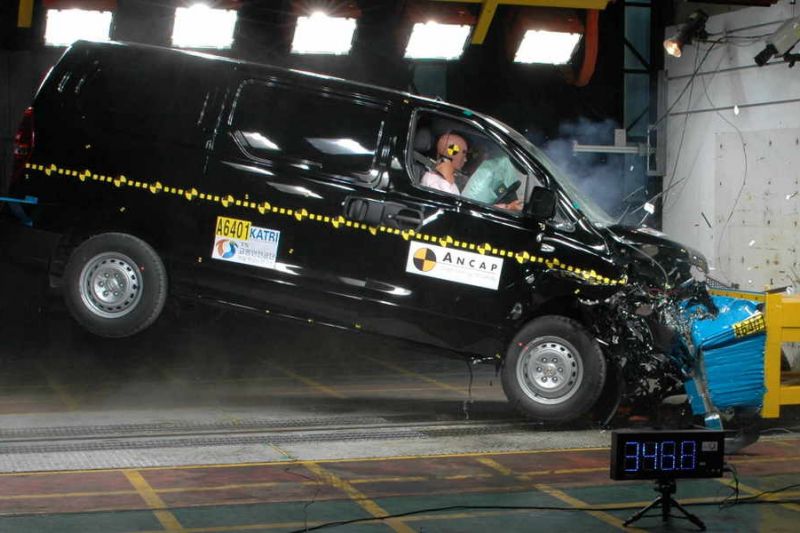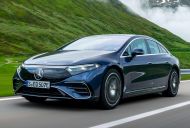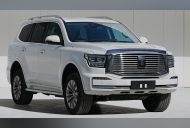When you’re shopping for a new car, you’re probably going to be comparing cars based on certain attributes. Which is cheapest? Which has the most features? Which has the best fuel economy? Which is the safest?
To measure that last point, you’ll likely use ANCAP safety ratings for your shortlisted cars.
You may also find a few of the cars on your shortlist have five-star ratings. That’s great, but it comes with a caveat.
The five-star car on your list that was tested by ANCAP in 2011? If it was tested again today, it mightn’t get a five-star rating. Therefore, the other car on your list with an identical rating but a testing date of 2020 is likely the safer car for you and your family.
So, why is a five-star rating different today? And what does it mean if the car you’re looking at doesn’t have an ANCAP rating at all? Let’s take a look.
Who is ANCAP?
ANCAP stands for Australasian New Car Assessment Program, and it’s an independent vehicle safety authority.
ANCAP performs its own crash tests but, where it isn’t able to assess a car, it may list the score of its European counterpart, Euro NCAP.
Though ANCAP isn’t a regulatory body, the high-profile nature of its ratings can help influence automakers to include additional safety equipment that isn’t yet mandated under the Australian government’s Australian Design Rules.
Ford, for example, added active safety technology as standard to its Mustang following the publication of a disappointing two-star result.
ANCAP may require a feature to be standard in order for a car to receive a five-star rating, even if that feature isn’t mandated under the Australian Design Rules.
How do the ratings work?
Since 2018, all cars are assessed under four key areas: Adult Occupant Protection, Child Occupant Protection, Vulnerable Road User Protection, and Safety Assist.
Car gets a percentage score for each category. The overall star rating of a vehicle is limited by the lowest score it receives for a category.
To achieve five stars, a car must receive a score of 80 per cent or higher in Adult Occupant Protection and Child Occupant Protection, 60 per cent or higher in Vulnerable Road User Protection, and 70 per cent or higher in Safety Assist.
Therefore, if a car performs well in crash tests but its active safety technology is poorly calibrated or non-existent, its low score in Safety Assist will drag down the overall star rating for the car.
An example is the Hyundai Venue, which received scores above the five-star threshold in all but the Safety Assist category. As it only received a score equivalent to four stars in Safety Assist, the overall score for the car was four stars.
In 2018, ANCAP harmonised its standards and procedures with Euro NCAP. This allows ANCAP to publish a Euro NCAP score if it’s unable to test a vehicle locally.
Which tests are performed by ANCAP?
Each category covers a multitude of tests. The Adult Occupant Protection and Child Occupant protection scores, naturally, include front and side impact crash tests. The latter category, however, also tests the effectiveness of child restraints.
ANCAP also tests the effectiveness of autonomous emergency braking systems under both the Vulnerable Road User Protection and Safety Assist categories.
Are these tests representative of typical collisions?
In short, yes.
Take, for example, the side impact test. ANCAP sends a 1400kg barrier travelling 60km/h hurtling into the driver’s side of the test vehicle, simulating a t-bone collision and testing the structure of the vehicle.
The oblique pole test sees a car travelling 32km/h hit a pole at a 75 degree angle, and the full width frontal test has the car hit a solid wall at 50km/h.
The one you may have seen the most photos of is the frontal offset test. In it, a test car going 50km/h hits a trolley approaching at the same speed, with the impact occurring on the driver’s side of the car’s front.
It doesn’t take much imagination to see just how reflective of many real-world collisions these tests can be.
Why do some cars not have ANCAP ratings?
As ANCAP is an independent authority, it isn’t mandatory for all vehicles in Australia to be tested.
You’ll find a lot of exotic and other low-volume cars won’t have an ANCAP rating. However, there are some more mainstream cars that haven’t been tested, such as the MG 3, Haval H6 and Lexus RC.
As these cars also either haven’t been tested by Euro NCAP since the procedures were aligned in 2018 or haven’t been tested by Euro NCAP at all, there’s no rating ANCAP can publish.
Why hasn’t my car been tested in years?
Your car probably has an old date stamp because it’s old, period.
ANCAP won’t typically re-test vehicles unless there’s either been a redesign or safety features have been added that would affect the score.
There are some exceptions, however. Toyota recently retested the HiLux after adding AEB across the range, meaning the ute now has a 2019-dated five-star rating.
Although nice for private buyers, it’s also essential for the fleet buyers that drive a large chunk of HiLux volume.
How have the standards changed?
ANCAP’s standards are constantly evolving.
For example, the full-width frontal test (above) was reintroduced in 2018.
The same year, the barrier used for the side impact test was made heavier and stiffer, while tests were also introduced to assess the effectiveness of lane-keeping, autonomous emergency braking and speed assistance systems.
Many cars on sale today, such as the Toyota LandCruiser and Camry, will have been tested under a slightly older set of standards.
Instead of four overarching categories with percentage scores, cars tested between 2012 and 2017 received a score out of 16 each for frontal offset and side impact crash tests, a score out of two for the pole test and a score out of three for seat belt reminders.
They also received a rating between Poor and Good for whiplash protection and pedestrian protection.
A car had to achieve a minimum score in each of the physical crash tests and also include the key safety features ANCAP required in order to receive a five-star rating.
What safety features are mandatory for a five-star rating?
In addition to enhancing tests and raising the minimum scores for categories, ANCAP has also mandated features over the years. These include:
- Head-protecting airbags (2003)
- Electronic stability control (2008)
- Three-point seat belts (2012)
- Emergency braking assist (2013)
- Intelligent seat belt reminders (2013)
- Top-tether child restraint anchor points (2017)
ANCAP says it sets standards to encourage automakers to make meaningful safety improvements before legislation compels them to do so. In short, it wants automakers to sell the safest possible cars – and not Proton Jumbucks (above).
What does this all mean for me?
As ANCAP says, the safest choice in a segment is the car with the highest star rating and the newest date stamp.
It’s important to remember the laws of physics must also be considered along with the ratings of ANCAP.
A five-star car in the Light Car segment is going to be safer than a three-star car in the same segment, but a large sedan or large SUV with a five-star rating may fare better in a crash.
The ANCAP ratings are the best guide Aussie buyers have to help choose between vehicles in a segment. If you’re car shopping and the ANCAP score isn’t already part of your search criteria, we recommend you add it.

